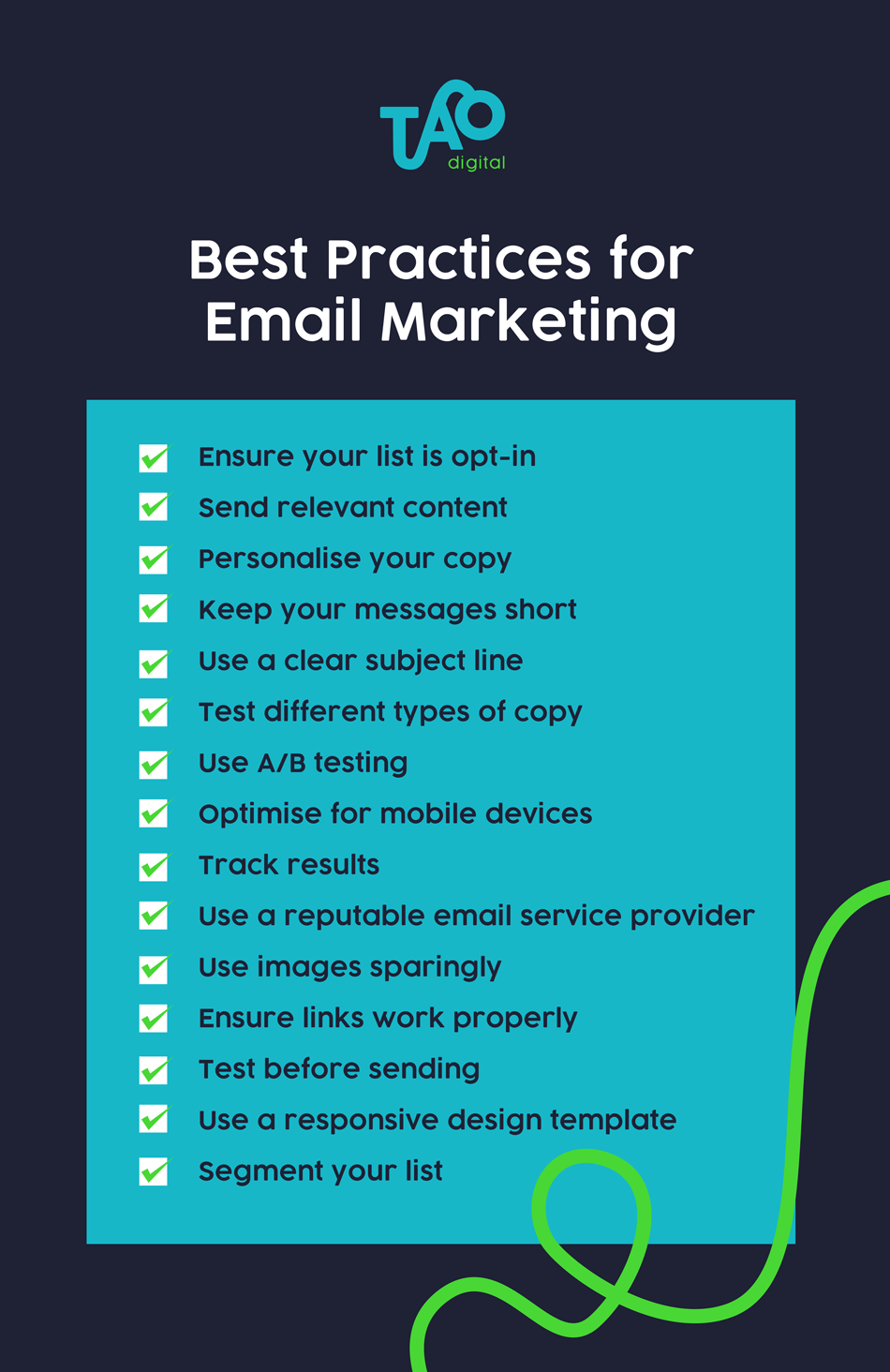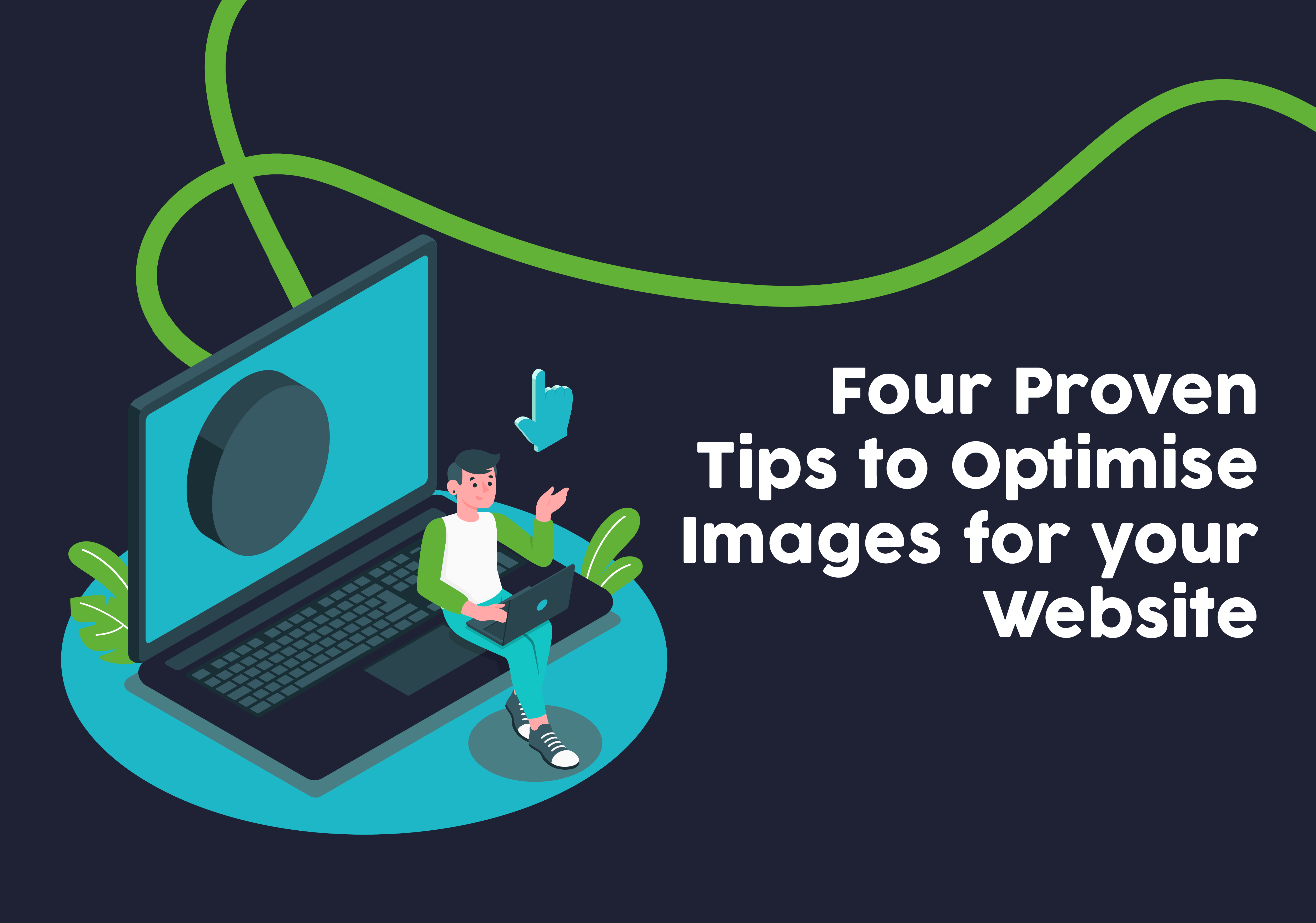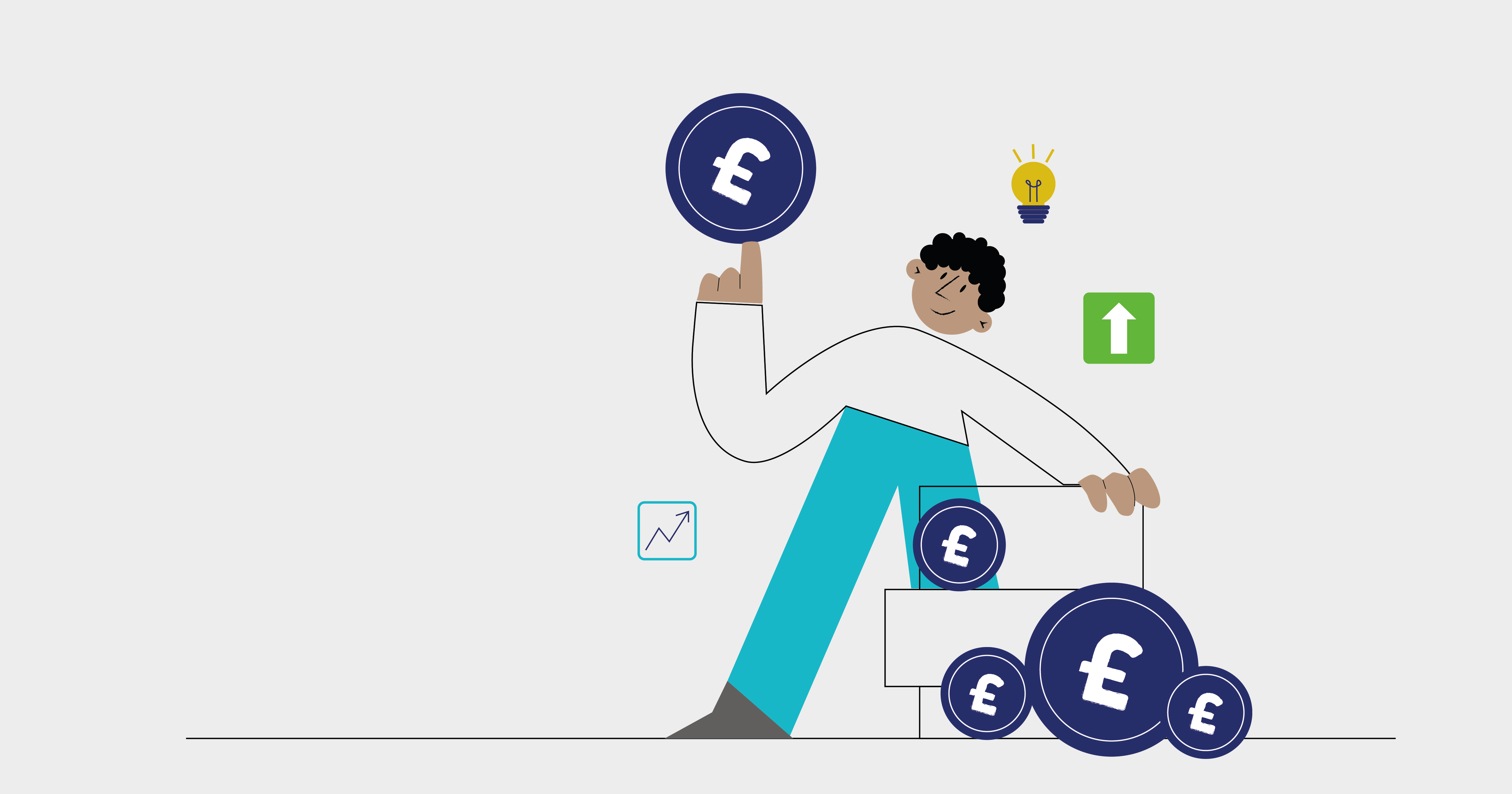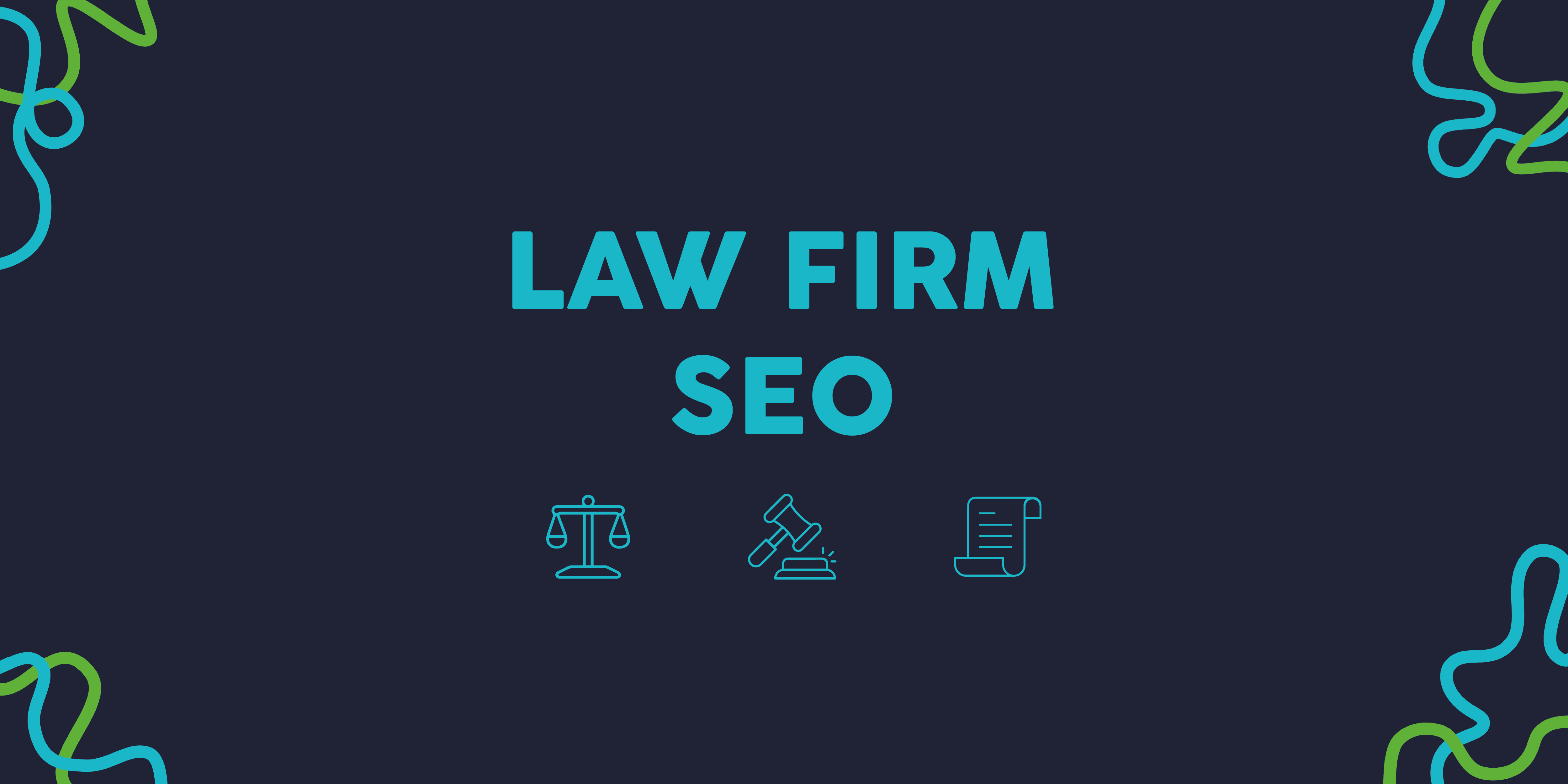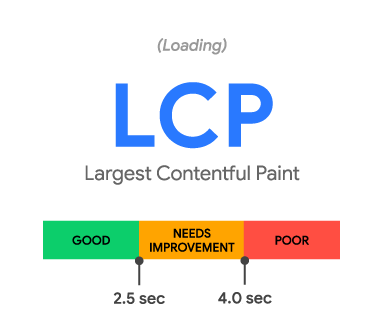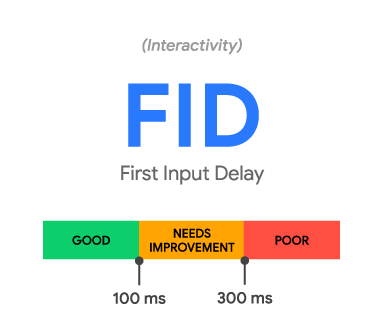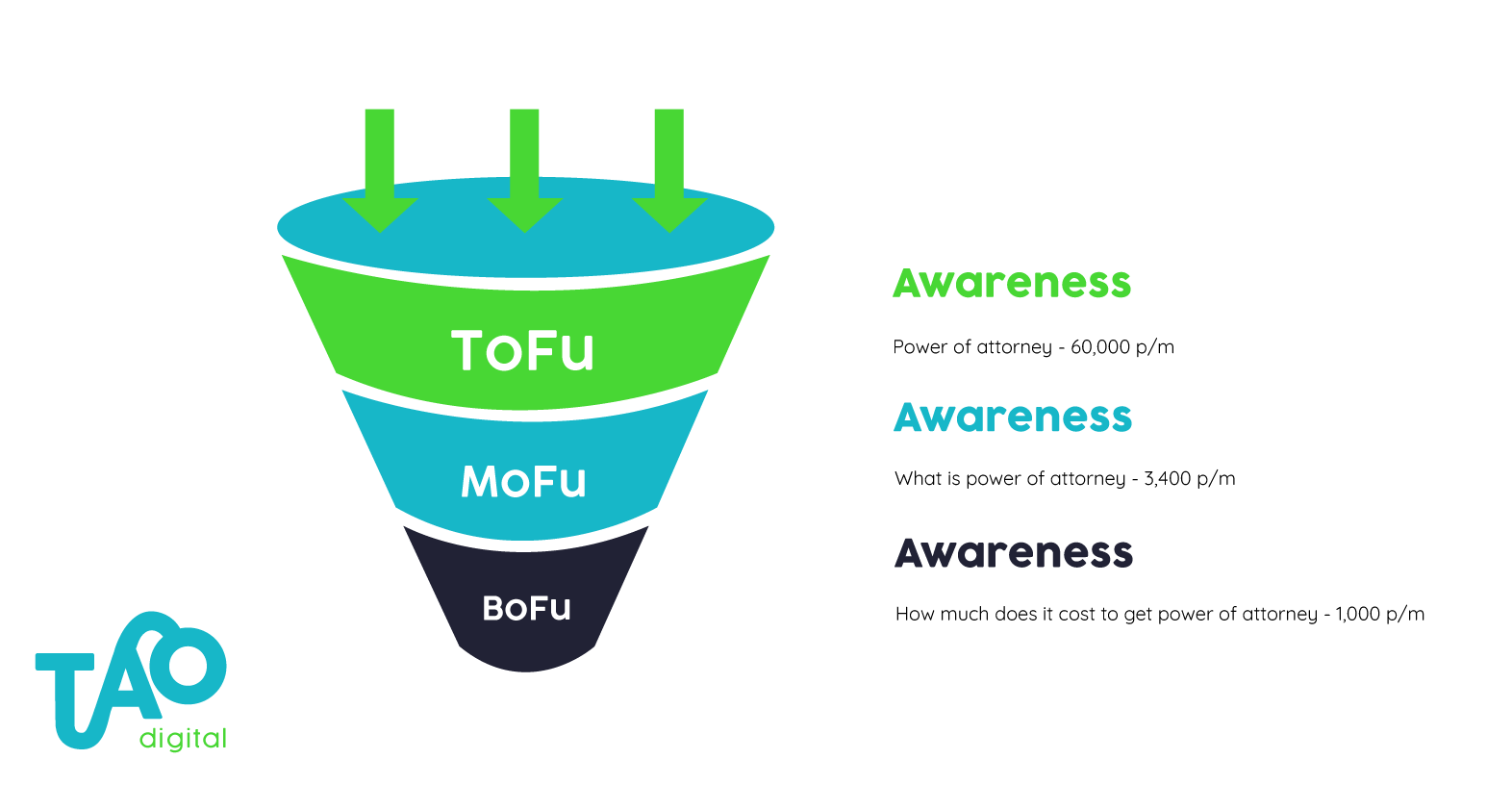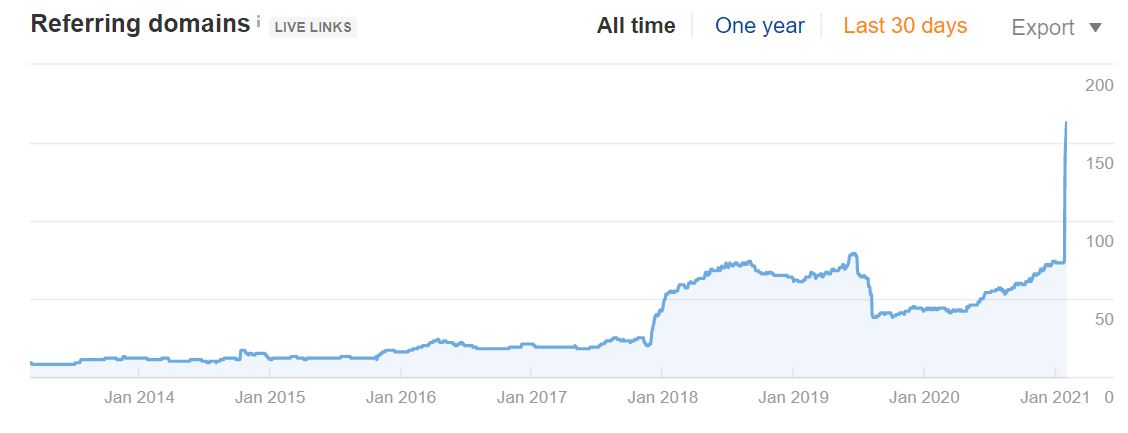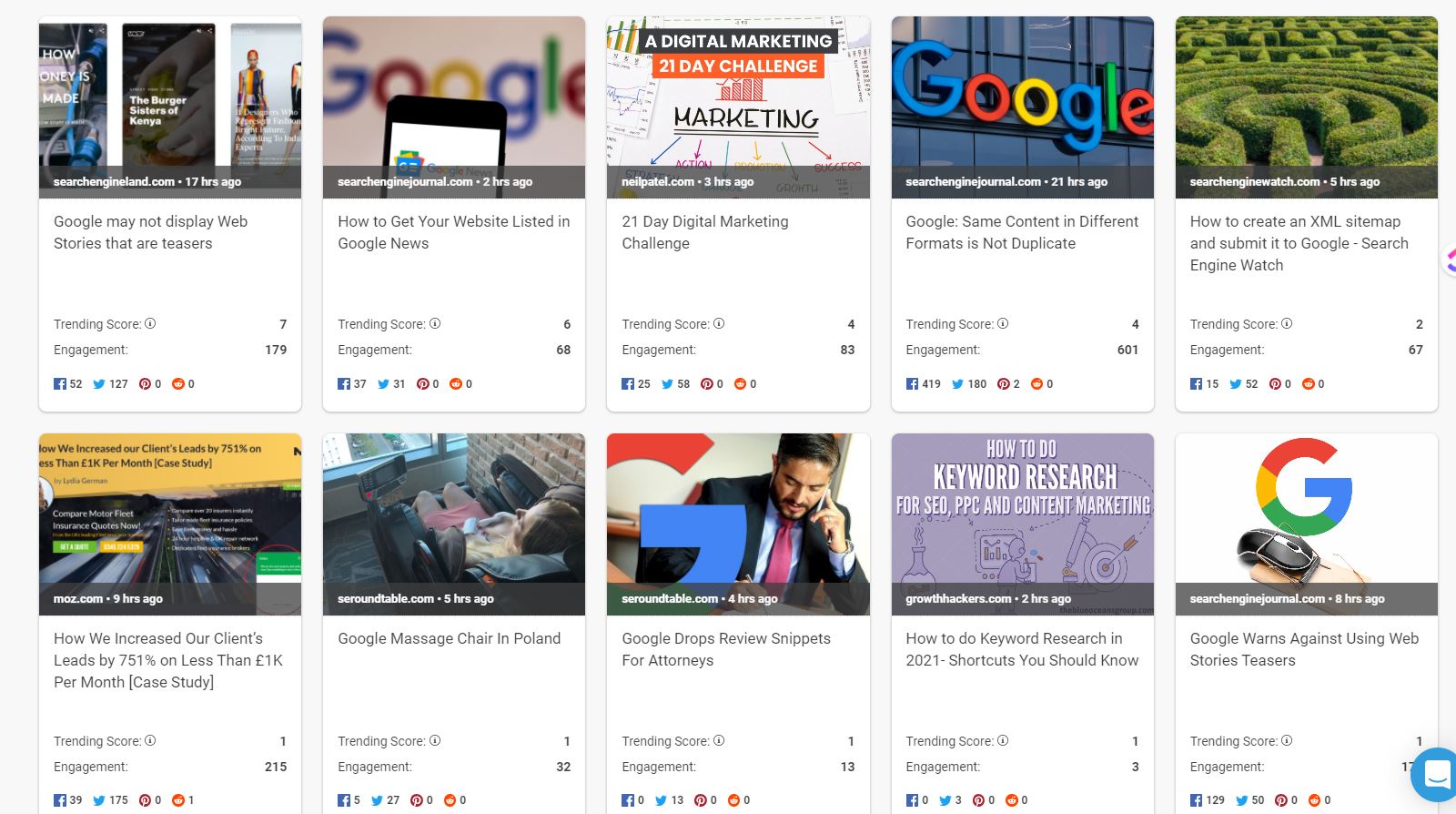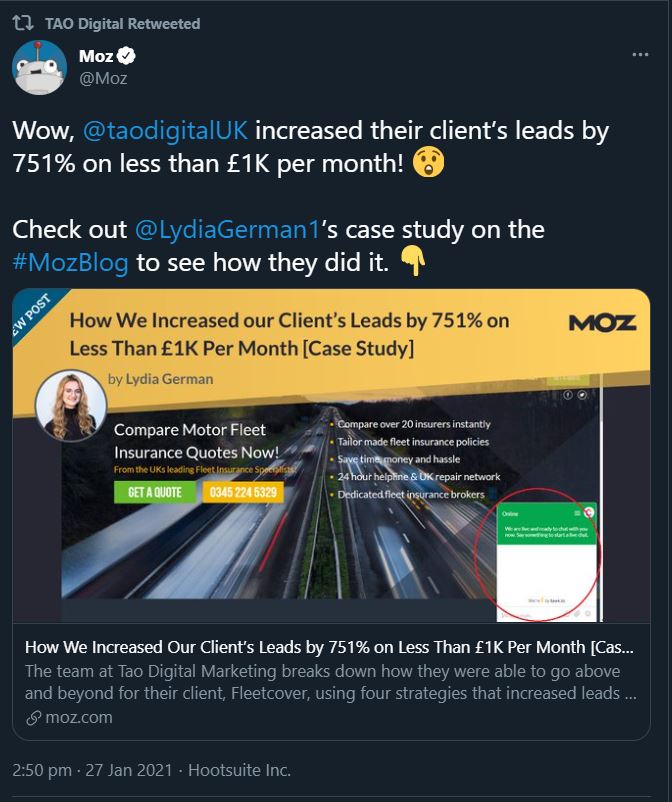Our Guide to PPC for Law Firms
PPC can be an extremely effective way for law firms to increase the number of leads they’re getting; but, how can law firms create a successful PPC campaign that delivers the desired results without breaking the bank?
What is PPC for law firms?
Pay-per-click, or PPC, is an online paid advertising model in which businesses pay a set amount of money each time a visitor clicks on their adverts. When undertaken correctly, PPC can help law firms achieve high quality leads.
PPC for law firms involves using platforms like Google and social media to drive targeted traffic to law firms’ websites or specific landing pages.
Should a law firm invest in SEO or PPC?
Both SEO and PPC are great marketing tactics for law firms, and it is a good idea to consider both. They both have a few things in common that can support each other for a successful marketing campaign, which is why many law firms will invest in each one.
Investing your time into SEO will inevitably help your PPC efforts. SEO is one of the best ways to get your law firm in front of the most relevant customers in your area. Since SEO helps to build credibility, users are more likely to click on your adverts since they know and recognise your brand.
Types of PPC strategies for law firms
There are several types of PPC strategies that law firms can utilise in order to achieve their goals.
Paid search marketing
Paid search marketing is one of the most common types of PPC advertising. Search engines such as Google and Bing will show your ads to users who search for specific keywords.
You can set up your campaigns by writing your ad copy, choosing relevant keywords with high search volumes and choosing, or creating, suitable landing pages on your site.
Display advertising
Display adverts are banners, images or text ads that appear on different websites and are selected to target a particular audience. These ads will link directly to your website and will take users to specific landing pages.
They generally have a lower click-through rate than search ads, but they can be useful for building brand awareness.
Social media advertising
Social media platforms, such as Facebook and Instagram, have high numbers of users who could be potential customers. PPC advertising on these platforms can help to achieve higher click-through rates to your website compared to other types of advertising.
Social media campaigns can help to increase awareness of your products or services, as well as being used to target specific demographics and their interests.
Retargeting advertising
Retargeting uses cookies on a user’s browser to show them specific ads based on their previous online search habits. For example, if a user searches for family lawyers, they could see display ads for family lawyers in their local area.
Retargeting can be included in:
- Display advertising campaigns
- Search advertising campaigns
- Social media campaigns
- Email marketing campaigns
How much should law firms spend on PPC?
Always a difficult one to answer. The industry is so varied, you may represent a very small niche legal offering such as ‘CCJ Removal services’ or ‘commercial auction conveyancing’. The PPC budgets will look a lot more appetising for these services than if you’re offering ‘residential conveyancing services’.
The key thing when planning budgets for PPC is not to pull it out of the air.
A lot of companies talk to us about managing their PPC campaigns and just suggest a budget of £1,000 per month, but this is just guesswork; or, even worse, all they can afford.
Let’s take the keyword “commercial property solicitor” as an example. Google ads keyword tool suggests that in the month of October 2023, there will be 7,000 searches, to get the best cost per lead you really need to have 100% coverage when people enter it into the search box.
To do this and be absolute top (number one in the search) all the time, Google says you need a budget of £6,100 per month. Now, this is the maximum you might spend, but it’s so important to think about the leads you might miss out on if you aren’t showing every time someone searches.

You could have run out of budget by 10AM, but the good leads might be the people searching at 2PM.
The best way to evaluate this is to start with a bigger budget and then reduce it based on the data you gain.
If you get better leads at 3PM, each day you can always increase the bid at that time of day and reduce it at other times.
There are a lot of factors that come into play when you are working out the ROI on a PPC campaign, not least the conversion rate of your landing page. If you convert 20% of those visitors into leads, you’ll be inundated with work, but if it’s a really bad landing page, you might get 1.5% and you’ll not have much work, but you’ll be draining your marketing budget very quickly too.
The benefits of PPC for law firms
Target audience reached
PPC campaigns allow you to precisely target your desired audience based on things such as location, demographics and search intent.
Granular targeting ensures your ads are shown to potential clients who are most likely to engage with your services. This results in higher quality leads and increased conversion rates compared to other channels.
Measurable results and ROI
A major benefit of PPC is that it is measurable. Analytical and tracking tools that are built into platforms mean you can get detailed reports that outline the performance of your campaign.
This usually includes metrics such as conversion rates, CTR and CPI. From this data, you can then continuously optimise your campaigns for maximum ROI.
Immediate results
As soon as your PPC campaign is launched, your ads can appear at the top of the search engine result pages. This will help your law firm to attract the attention of potential clients and push you higher in the rankings than your competitors.
This instant visibility can be particularly beneficial in highly competitive niche legal sectors which are vital to gain the edge over competitors.
Flexibility and scalability
With PPC, law firms can easily adjust their ad spend amount, pause underperforming campaigns or scale up successful campaigns. This flexibility allows law firms to optimise their marketing efforts and distribute their budget more effectively.
How to set up a PPC campaign for a law firm
It’s important as a law firm that you set up an effective PPC campaign, otherwise you may be wasting your time and money. Listed below are the steps you should take to set up a successful PPC campaign.
Set goals
The very first step you should take is setting yourself goals for your PPC campaign. Think about what you want to achieve from it, who your target audience is, where you’re going to place your ads and so on.
Some of the key parameters you should decide on before creating your campaign include:
- Target audience
- Ad placement (search engines, websites or social media)
- Desired outcomes (brand awareness, sales, lead generation or traffic)
- KPIS (conversion rates, signups and revenue generated)
- Types of campaigns (display ads, social media ads or product listings)
- What location do you want to target
- What devices do you want to target (mobile, laptops, tablets)
Research and select the right keywords
It is vital that you choose the right keywords that are relevant to your niche and industry, otherwise, even if you do get a lot of clicks through from the advert, they are not likely to purchase from you.
You can carry out keyword research by using tools such as Ahrefs to find out which keywords that are relevant to your niche have a high search volume. You should be choosing highly relevant, low-cost and long-tail keywords in order to get the best results.
Create a campaign that resonates with your audience
Once you have set your goals and done the research, you can now move onto creating your ad campaign. There are a few major elements that you need to optimise: these are the ad copy, a CTA and the graphics.
For the ad copy, you will need to write persuasive and informative copy that will provide the user with information on what you offer and will therefore ensure that they want to click on your ad. Look at the specific keywords that you have found and create copy that is tailored to those words or query. The targeted copy should align with people’s pain points and entice them to click your ad.
Make sure the CTA is short and in line with your goals. For example, if you want more leads, then you should tailor your CTA to prompt people to get in touch or sign-up.
Each platform has its own specifications of the character limit for the ad copy, so always check with the platform you want to use before you start writing your copy.
Optimise PPC landing pages
Before you publish your ad campaign, you may want to create a landing page where people will be sent if they click on your ad. The landing page should be relevant to your ad, targeted and provide a seamless experience for the user.
Landing pages are important because they directly influence how users convert into paying customers. For example, if your landing page is not neatly presented and looks disorganised, people will click out from your website as they will likely be confused and won’t know how to navigate the page.
To create a landing page that will increase conversions, you should have:
- A big headline containing the same information as your PPC ad
- A clean and simple page design
- Clear, actionable CTAs
- Cohesive copy to match your ad
- Show what is being offered in the ad
- A/B testing you landing page to see what graphics, page layout, copy and CTAs work best
Review and test your PPC campaign
Just like with any other marketing campaign, PPC campaigns are not a one and done process. You will need to regularly review your campaign to check whether it is doing well or not and solve any problems. This will help you to optimise your ad campaign and get the desired results from it.
Here’s what you should do to review and optimise your PPC campaign:
- Link your Google ads to Google Analytics to track the amount of traffic generated, the sales, lead generations, signups and so on.
- If you have website ads, ask the host for the analytics data.
- Check the reports to see if the data matches your goals for the campaign. For example, are you getting the number of email signups you expected?
- If you’re not getting your desired results, you need to change up your keywords, modify the copy and so on.
- If some keywords are underperforming, you can just completely remove them.
You should keep reviewing and testing your PPC ads until it produces the results you’re looking for.
How can law firms track the success of a PPC campaign?
As we’ve mentioned, PPC is measurable. Regularly tracking and analysing your PPC campaigns performance is essential for identifying areas which could be improved, as well as successful areas.
Law firms can track the success of their campaigns by looking at key performance metrics, such as click-through rates. These metrics can give valuable insights into the effectiveness of their campaigns and therefore make data backed decisions to amend or alter areas to improve results.
Law firms can also benefit from the help of tools such as Google Analytics to get a deeper understanding of their target audiences behaviour and their campaign performance.
When will you see results from a law firm PPC campaign?
Although PPC campaigns can show somewhat immediate results, as in a few days, they usually require around 2-3 months to work. Those initial months can be viewed as a trial period for your ad campaign, providing you with helpful data that you can use to improve the campaign.
You can use this data to improve your keywords, bids, audience targeting and much more. Law firms can also benefit from A/B testing, which may take some time to get decent comparable results. From here, you can then see which campaign has worked better and move forward with it.
PPC mistakes that the legal industry make
PPC may seem quite straightforward, but there are some things in which law firms may do incorrectly. This can lead to wasted time and money which could be avoided.
Not setting up remarketing
Remarketing, also known as retargeting, lets you show your PPC ads to users who have previously shown some initial interest in your services by visiting your website.
Users will often leave websites without converting, so remarketing works as a simple way to remind them to take the next step on your site.
Running campaigns for too long
It’s much easier to generate meaningful traffic to your site if you have a lot of short term, smaller advertising campaigns. Make sure you refresh your campaign every once in a while to achieve the best results that also align with your goals.
Using too many keywords in an ad
It may sound like a good idea to put as many keywords in your ads as possible, but it can do more harm than good. Using too many keywords can actually lower or diminish the relevancy of your ad.
To avoid this, use a small number of keywords, making sure that they are all relevant to your law firm’s message.
Keeping under-performing keywords
You should constantly be checking and reviewing your keywords to determine which ones perform the best and which ones don’t. Make sure your keywords are directly linked to your firm’s practices and landing page messages.
Ignoring the appearance
People are going to be most attracted to the visual elements of your campaign, rather than just the copy. This is why it is so important to have graphics that are equally as appealing as your message.
You want your ads to stand out to potential customers, and choosing relevant images, colours, graphics and fonts to your firm is the best way to achieve this.
Driving users to the irrelevant landing pages
Always make sure your landing pages are correctly optimised for conversions. An appropriately optimised landing page is one that provides users with what they’re looking for when they click on your targeted ads. It should be useful, full of original content and have clear CTAs.
For example, if your law firm has different locations across the country, make sure users are sent to the correct landing page relevant to their location.
Law firm PPC with Tao Digital
Interested in kickstarting a PPC campaign for your law firm? Have a chat with our team of experts to understand what could work for you. We’ll always run through your goals, expectations and current standing in order to offer the best solution, whether or not this is PPC.
